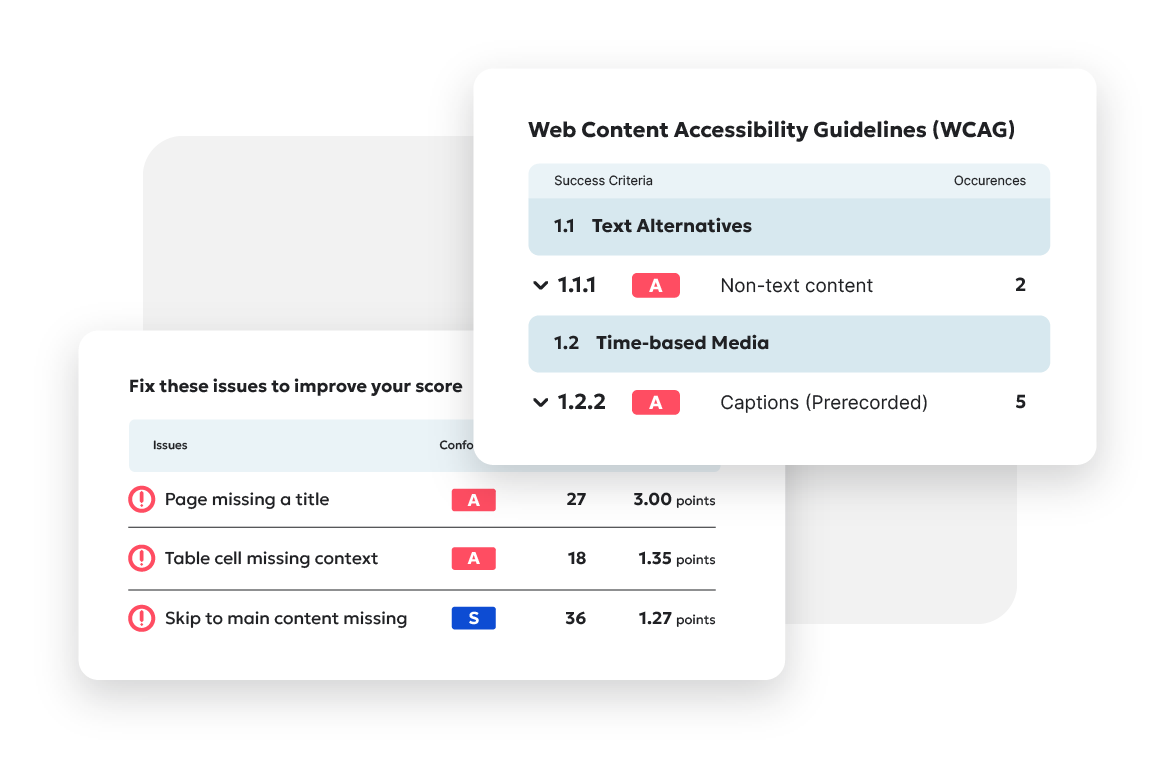Accessible Canada Act: working towards a more inclusive Canada
- By Jennifer Chadwick - Jul 30, 2018 Web Accessibility
On June 20, 2018, the Minister of Science and Sport and Persons with Disabilities, Kirsty Duncan, proposed accessibility legislation to Parliament. In Canada, about 3.8 million or 14% of working-age people between the age of 15 and 64 identify as having a disability. The proposed bill (Bill C-81), otherwise known as the Accessible Canada Act, would lead to more consistent accessibility throughout Canada. To help you understand what this bill entails, we’ve summarized everything you need to know, including how it might impact you and your organization.
What is the Accessible Canada Act?
Bill C-81, more formally known as the Accessible Canada Act: An Act to Ensure a Barrier-free Canada, meets the Government’s commitment to improve accessibility for all Canadians. The bill was developed as a response to a mandate from Prime Minister Justin Trudeau to develop new, ambitious federal legislation that ensures greater inclusion of Canadians with disabilities.
What is the Goal of the Act?
The goal of the act is to benefit not only Canadians with disabilities, but all Canadians, by establishing a model to eliminate barriers and develop more consistent accessibility.
The Government of Canada will require organizations under federal jurisdiction to identify, remove, and prevent barriers to accessibility. These include:
▪ The built environment (buildings and public spaces)
▪ Employment (job opportunities and employment policies and practices)
▪ Information and communication technologies (digital content and technologies used to access it)
▪ The procurement of goods and services
▪ The delivery of programs and services
▪ Transportation (by air as well as by rail, ferry and bus carriers that operate across provincial, territorial or international borders)
What Does this Mean for My Organization or Business?
Over the next six years, the Canadian government will provide $290 million in funding for programs, services, and employment strategies to ensure persons with disabilities can live independently and complete daily tasks without barriers.
Your business can be part of this movement towards being inclusive and reaching the widest audience possible. Whether providing services or products, your website or mobile applications can make a big difference in daily life. Research shows that customer inclusion leads to strong customer loyalty. This is becoming a major differentiator across many industries, offering forward-thinking companies a chance to be both innovative and inclusive as they remove barriers from their existing communications.
How Does the Act Impact WCAG and Digital Accessibility?
While the Accessible Canada Act does not state specific requirements for compliance to Web Content Accessibility Guidelines (WCAG) 2.0 or 2.1, it is generally understood that WCAG and the existing Accessibility for Ontarians with Disabilities Act (AODA) set the standards that Canada will follow. The hope is that the new legislation will closely examine the latest WCAG version 2.1 and be updated accordingly.
How Does Siteimprove Help with Accessibility Compliance?
Siteimprove’s Accessibility platform and services actively support accessibility compliance across these focus areas:
▪ Information and communication technologies and the digital content and assistive technologies to access them
▪ Delivery of programs and services
▪ Procurement of programs and services to enable digital accessibility
There is also new funding available from the Enabling Accessibility Fund to enable organizations to meet accessibility needs in the workplace, including assistive technology and software like Siteimprove’s intelligence platform. Find out if your organization qualifies.
Jennifer Chadwick is the Lead Accessibility Strategist for North America at Siteimprove. A certified usability analyst and user experience researcher, she has been a UX design and development consultant for over 13 years. As a policy and standards advisor, she has helped customers integrate accessibility into their current processes to ensure their digital experiences are fully inclusive and compatible with assistive technology.
Jennifer is a member of the W3C WCAG Silver Community Group, the ICT Testing Symposium committee, the G3ict and International Association of Accessibility Professionals (IAAP).

Ready to create more accessible and inclusive web content?
Siteimprove Accessibility can help you create an inclusive digital presence for all.
Request a demo